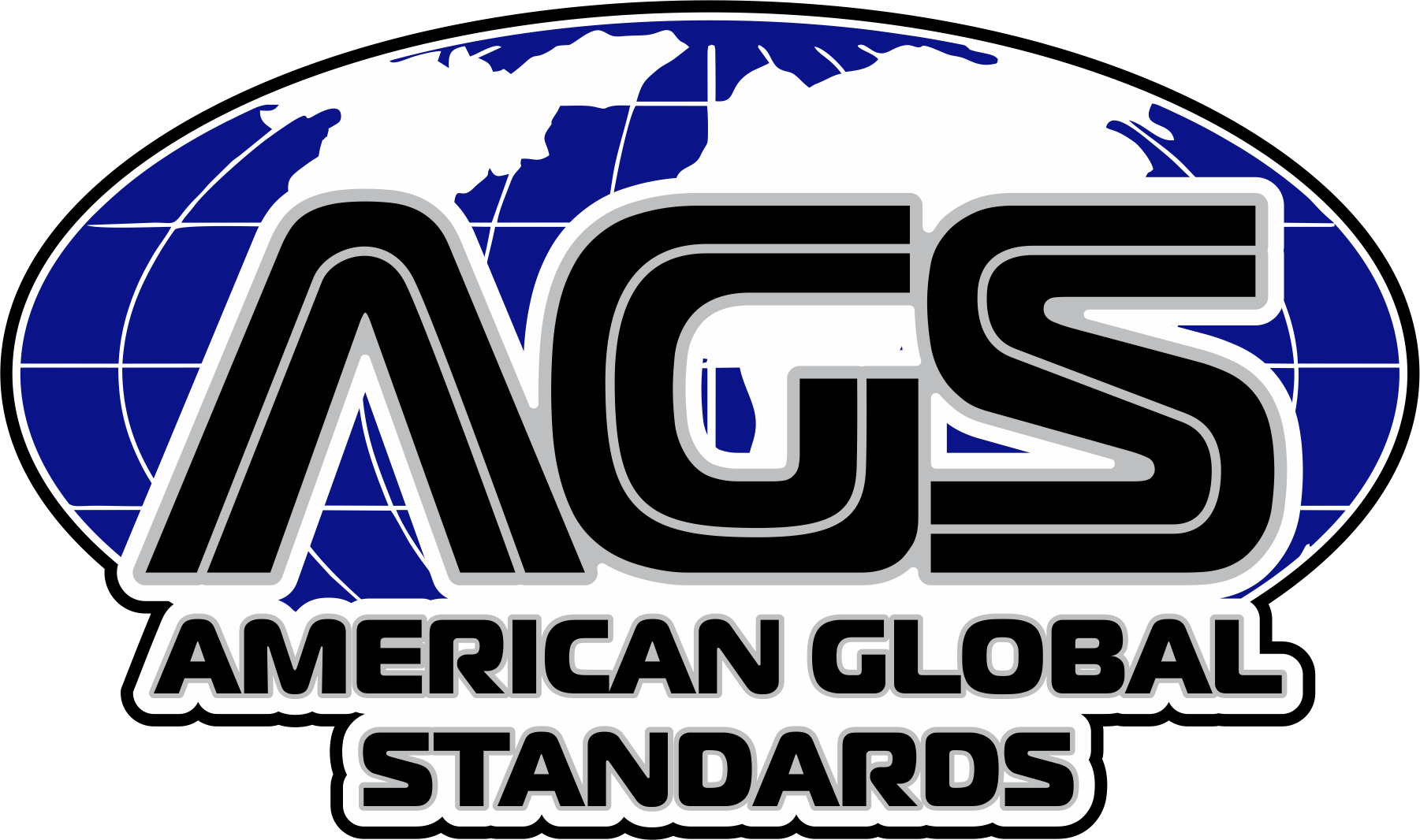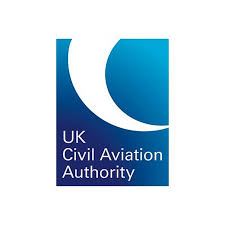Fuel Valves
A variety of actions must be taken to guarantee that aircraft fuel valves function properly and safely. Here’s a high-level overview of the procedure:
1. Inspection and evaluation:
The first step is to properly inspect the fuel valve for any damage, wear, or malfunction. This includes inspecting the outside, internal components, seals, and connections of the valve. Non-destructive testing, like as ultrasonic inspection, may also be performed on the valve to find concealed faults or cracks.
2. Disassembly:
After the valve has been inspected, it is carefully disassembled. This entails removing fasteners, seals, and any other components required to gain access to the internal components. To maintain traceability during reassembly, each component is tracked and documented.
3. Cleaning and degreasing:
Using approved solvents and cleaning methods, all sections of the valve, including the disassembled components, are cleaned and degreased. This ensures that impurities and residue are removed from the parts and that they are ready for further inspection.
4. Component replacement or repair:
Any damaged or worn-out components are identified for replacement during the inspection. Seals, gaskets, springs, diaphragms, O-rings, and valves themselves are examples of common components that may require repair or replacement.
5. Reassembly:
The valve is reassembled once the relevant components have been replaced or repaired, in accordance with the manufacturer’s standards and guidelines. Proper torque values, alignment, and seal and gasket installation are all given special consideration. The reassembled valve is then checked to ensure that it works properly.
6. Functional testing:
The repaired valve is functionally tested to ensure that it functions properly and satisfies the specified performance parameters. Applying air pressure, hydraulic pressure, or fuel flow to the valve and measuring its response is one method. The valve is checked for leakage, appropriate opening and closing operations, and regulatory compliance.
7. Calibration and adjustment:
If relevant, the repaired valve may need to be calibrated and adjusted to verify that it performs within specified tolerances. This entails adjusting the valve to the correct opening and closing pressures, flow rates, or other characteristics as specified by the manufacturer.
8. Final inspection and quality control:
Once the repair procedure is finished, a final examination is performed to ensure that all steps were accomplished correctly. The repaired valve is examined for aesthetic flaws, appropriate installation, and compliance with safety and quality standards.
9. Documentation and certification:
The repair facility creates detailed documentation of the repair process, including inspection reports, work completed, replaced components, and test results. This paperwork is required for regulatory compliance and certification.
It should be noted that the specific repair technique for aircraft fuel valves may differ based on the valve type, aircraft model, and regulatory requirements. Furthermore, qualified specialists or repair facilities authorized by the aircraft manufacturer or regulatory authorities often do the repair work.




